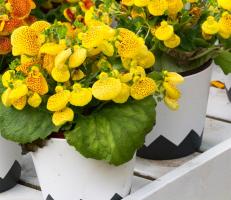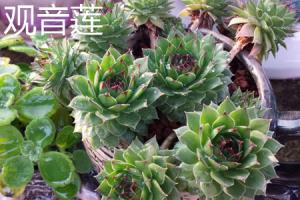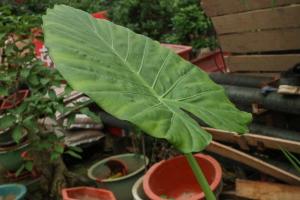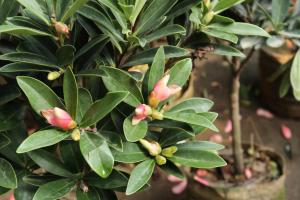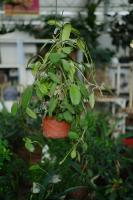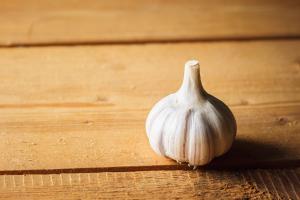Introduction
Plastic plant pots are a common sight in gardens, nurseries, and homes across the world. They are the preferred choice of many gardeners and plant enthusiasts because of their durability, versatility, and weather-resistance. However, have you ever wondered what these plastic pots are made of? In this article, we will delve deeper into the composition of plastic plant pots.
The Composition of Plastic Plant Pots
Plastic plant pots are made from a variety of plastic materials that include polyurethane, polycarbonate, and polypropylene. These materials are derived from petroleum and are processed to form plastic pellets, which are then molded into different pot shapes and sizes using various manufacturing processes.
Polyurethane is a versatile plastic material that is used in the production of a wide range of products, including foam mattresses, insulation materials, and shoe soles. It is also commonly used to make plastic plant pots because of its durability, resistance to chemical degradation, and its ability to withstand extreme temperatures.
Polycarbonate is another popular plastic material used in the production of plastic plant pots. It is a lightweight, durable, and transparent material that is commonly used in the manufacture of eyeglasses, CDs, and DVDs. Its durability and impact resistance make it an ideal material for making plant pots that can withstand harsh weather conditions.
Polypropylene is a thermoplastic polymer that is used in the production of a wide range of products, including packaging materials, automotive parts, and household appliances. It is also commonly used in the manufacture of plastic plant pots because of its lightweight, durability, and resistance to mold and mildew.
Advantages of Using Plastic Plant Pots
Using plastic plant pots has several advantages over using other types of containers, such as ceramic or clay pots. Firstly, plastic plant pots are lightweight and easy to move around, making them ideal for gardens and outdoor spaces where plants need to be relocated frequently.
Secondly, plastic plant pots are durable and long-lasting, which means they can be used year after year without the need for replacement. They are also resistant to cracks, chips, and other types of damage that often occur with clay or ceramic pots.
Finally, plastic plant pots are cost-effective and widely available. They are much cheaper than other types of containers, and they can be purchased from most garden centers, nurseries, and online stores.
Disadvantages of Using Plastic Plant Pots
Despite the many advantages of using plastic plant pots, they also have some disadvantages. Firstly, plastic plant pots may not be as aesthetically pleasing as other types of containers, such as ceramic or clay pots. They may not blend in as well with garden surroundings, and they often have a cheap, plastic look.
Secondly, plastic plant pots are not biodegradable, which means they take hundreds of years to break down in landfills. This can have a negative impact on the environment and contribute to pollution and landfill waste.
Finally, plastic plant pots can also be a source of toxins, as many plastics contain chemicals that can leach into the soil and harm plants. This is especially true for older, recycled plastic pots that may contain harmful compounds that have been banned in newer plastic products.
Conclusion
Plastic plant pots are an essential component of any gardener's toolkit. They are affordable, durable, and easy to use, making them a popular choice among gardeners and plant enthusiasts. However, it is important to be aware of the potential drawbacks of using plastic plant pots, such as their non-biodegradable nature, aesthetic limitations, and possible toxic compounds. With these considerations in mind, you can make an informed decision about whether plastic plant pots are right for you and your garden.

 how many times do yo...
how many times do yo... how many planted tre...
how many planted tre... how many pine trees ...
how many pine trees ... how many pecan trees...
how many pecan trees... how many plants comp...
how many plants comp... how many plants can ...
how many plants can ... how many plants and ...
how many plants and ... how many pepper plan...
how many pepper plan...